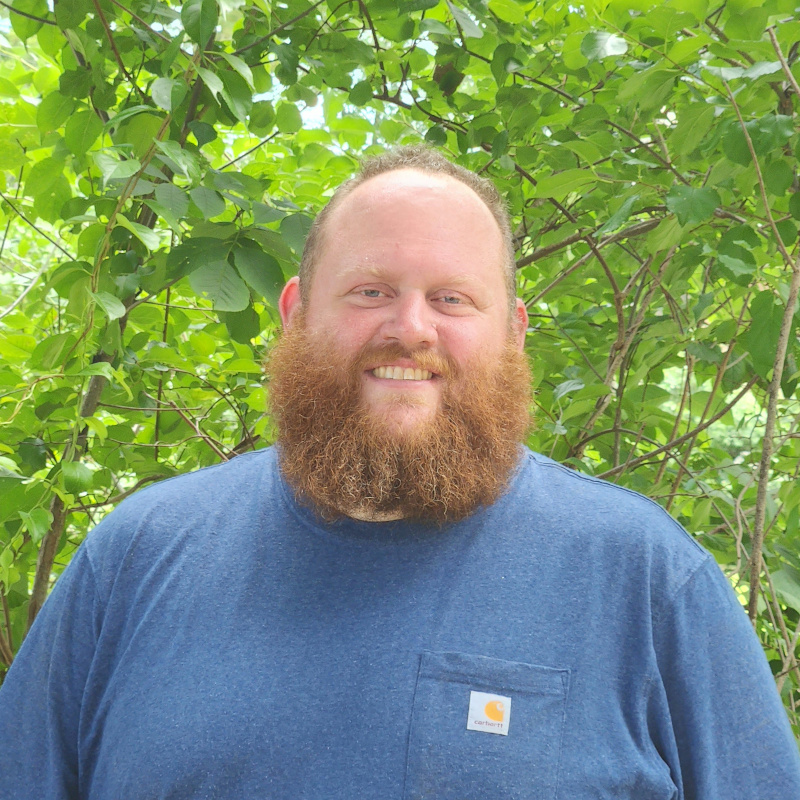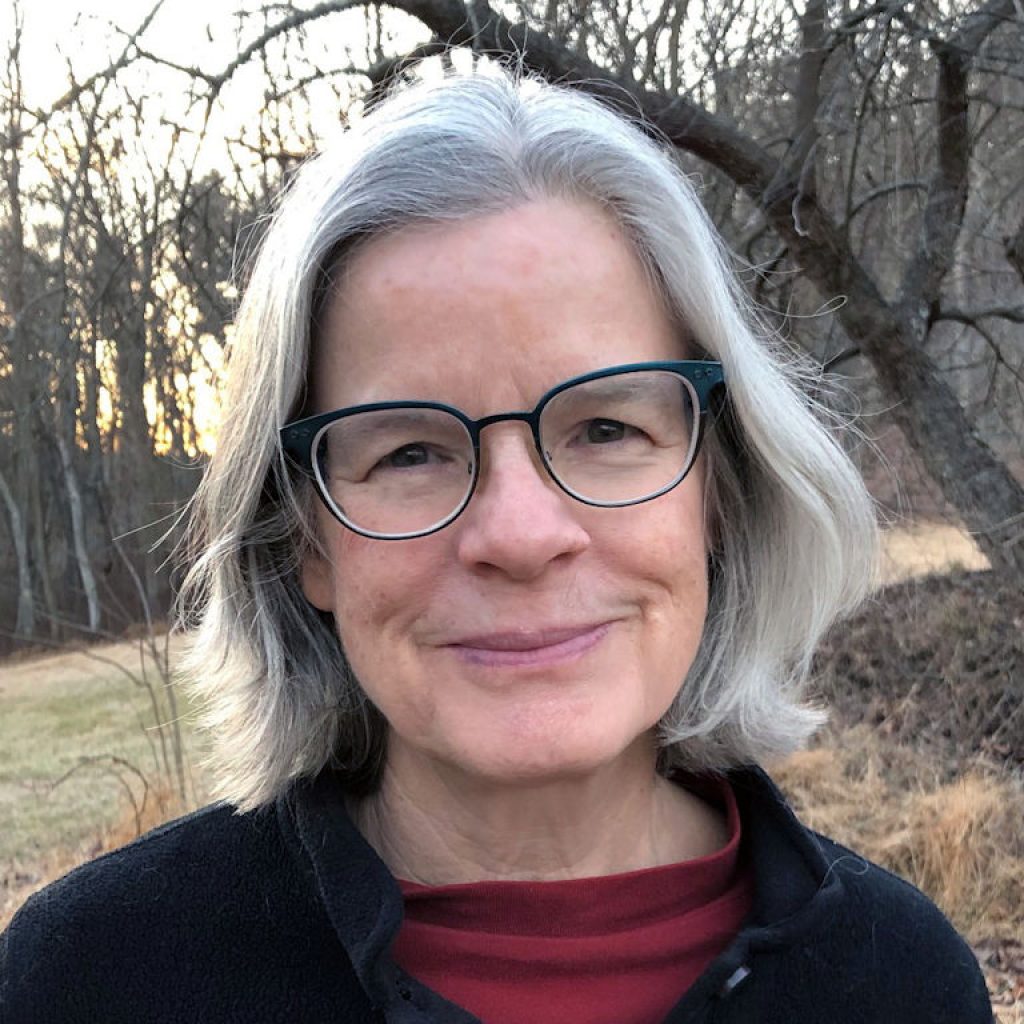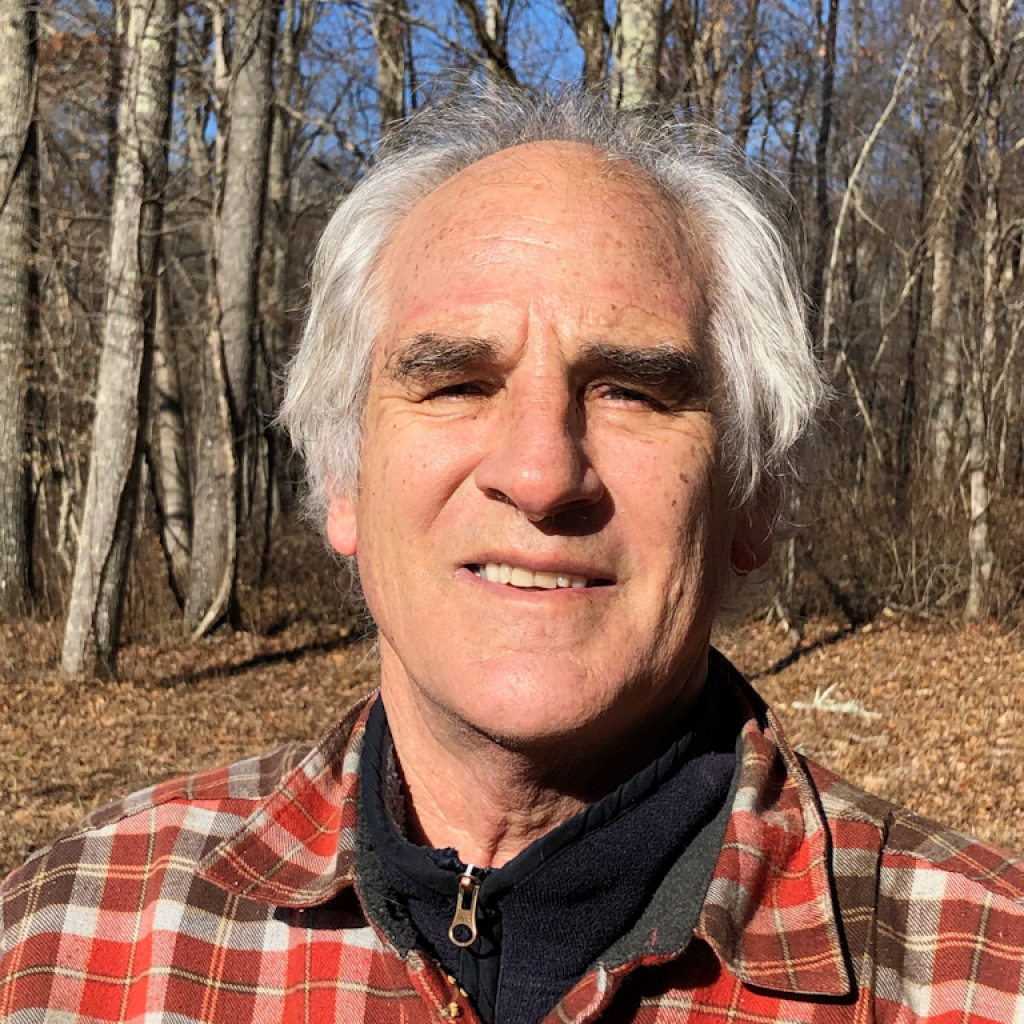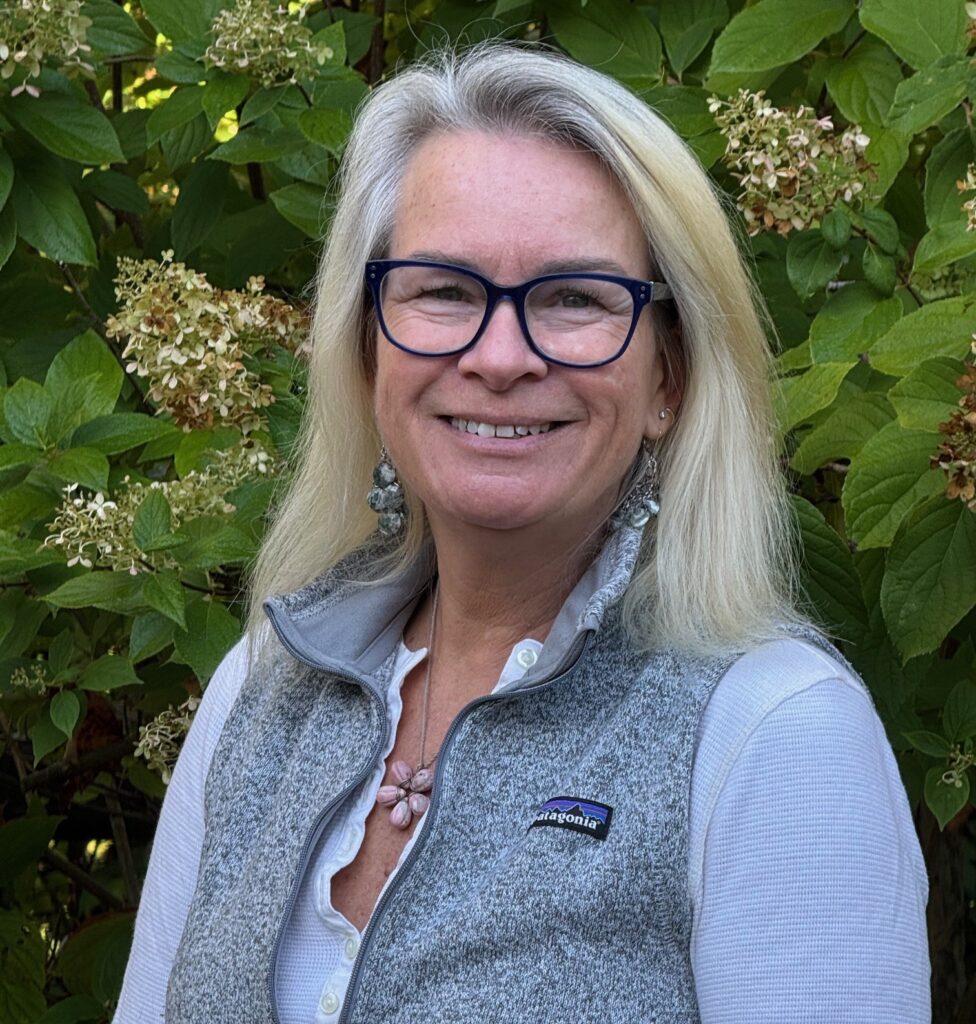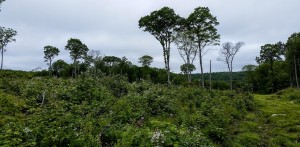 Young Forest at Rabbits' Rest Preserve
Young Forest at Rabbits' Rest Preserve
Date: Thu September 18, 2025
Time: 7:00 pm
Place: Lyme Public Hall, 249 Hamburg Rd, Lyme CT
Contact Email:
jim.arrigoni@lymelandtrust.org
!!! seems it only displays well the 2nd time? ugh.
Come and learn about the biodiversity supported by Young Forests. This program is co-led by Connecticut Audubon Society’s Conservation and Education Coordinator Joe Attwater and Lyme Land Trust’s Environmental Director Jim Arrigoni, and is made possible with the support of the Cornell University Laboratory of Ornithology Land Trust Grants Program.
Register: jim.arrigoni@lymelandtrust.org
In order to promote the survival of NEC and other species that benefit from young forest, the Lyme Land Trust partnered with a private landowner as well as State and Federal Agencies to create young forest at Slawson Preserve, Rabbits’ Rest, and surrounding properties. The partners agreed to conduct three harvests of mature trees to create early successional habitat over a 10-year time period. The first harvest on 25-acres of private land was completed in the winter of 2014-15. After receiving funding from the federal NRCS EQIP program, the Land Trust harvested about 25 acres of trees on Slawson Preserve in the winter of 2017-18. A third harvest was conducted on Nehantic State Forest land a few years after that under the direction of forester Emery Gluck. Staggering the treatments ensured that a mosaic of young brushy habitat is available over a longer period of time. Over time, the treatments will be repeated to maintain the young forest.
In addition to NEC, early successional habitat is beneficial to many species such as the prairie warbler, eastern towhee, indigo bunting, American woodcock, wood turtle, and box turtle. Early successional forest is rare in CT because undeveloped land naturally transitions into forests of large mature trees. Historically, young forest habitat was maintained and regenerated by fire, storms, and tree clearance. Learn more about young forests and the New England Cottontail.
For a CT Examiner article on the project.
Come and learn about the biodiversity supported by Young Forests. This program is co-led by Connecticut Audubon Society’s Conservation and Education Coordinator Joe Attwater and Lyme Land Trust’s Environmental Director Jim Arrigoni, and is made possible with the support of the Cornell University Laboratory of Ornithology Land Trust Grants Program.
Register: jim.arrigoni@lymelandtrust.org
In order to promote the survival of NEC and other species that benefit from young forest, the Lyme Land Trust partnered with a private landowner as well as State and Federal Agencies to create young forest at Slawson Preserve, Rabbits’ Rest, and surrounding properties. The partners agreed to conduct three harvests of mature trees to create early successional habitat over a 10-year time period. The first harvest on 25-acres of private land was completed in the winter of 2014-15. After receiving funding from the federal NRCS EQIP program, the Land Trust harvested about 25 acres of trees on Slawson Preserve in the winter of 2017-18. A third harvest was conducted on Nehantic State Forest land a few years after that under the direction of forester Emery Gluck. Staggering the treatments ensured that a mosaic of young brushy habitat is available over a longer period of time. Over time, the treatments will be repeated to maintain the young forest.
In addition to NEC, early successional habitat is beneficial to many species such as the prairie warbler, eastern towhee, indigo bunting, American woodcock, wood turtle, and box turtle. Early successional forest is rare in CT because undeveloped land naturally transitions into forests of large mature trees. Historically, young forest habitat was maintained and regenerated by fire, storms, and tree clearance. Learn more about young forests and the New England Cottontail.
For a CT Examiner article on the project.


